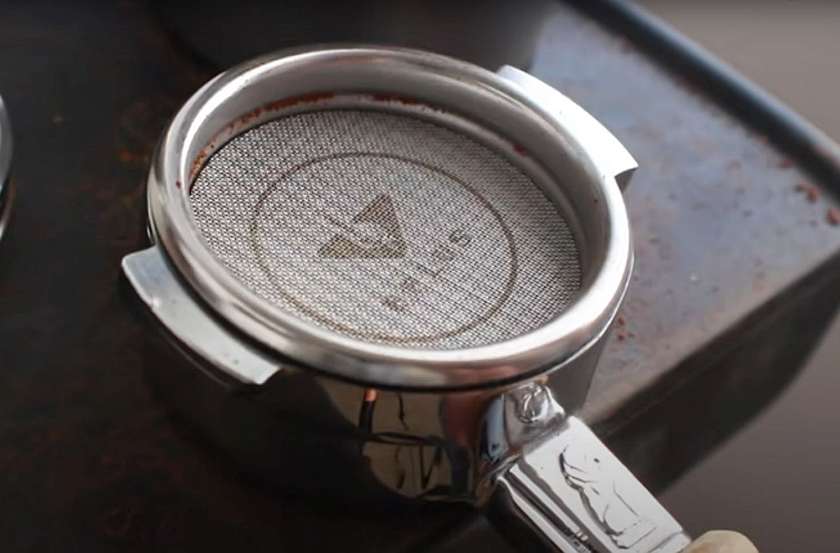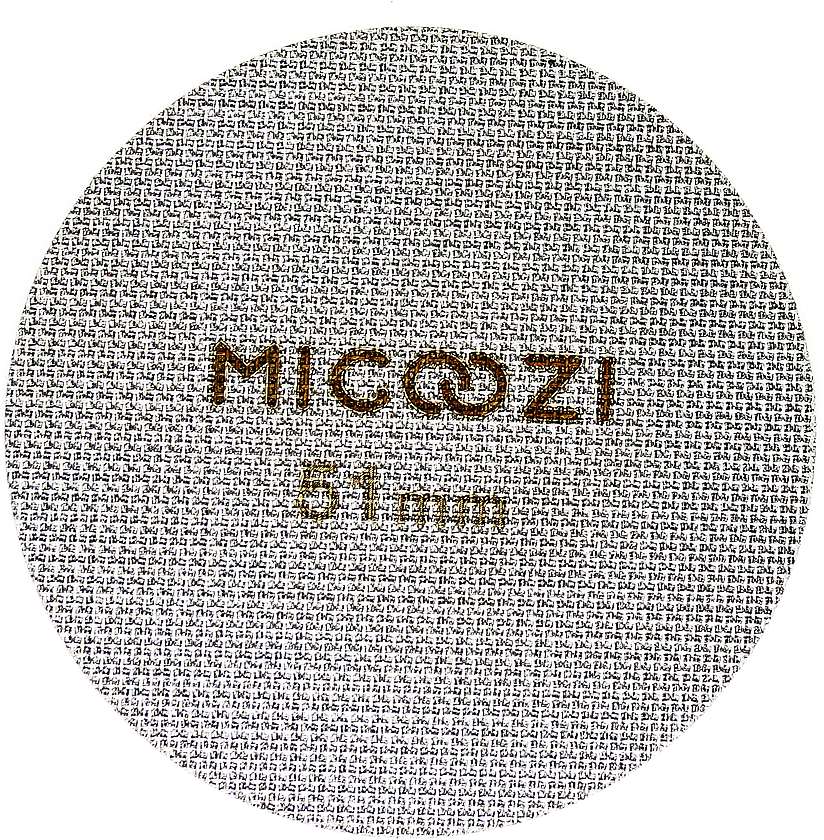Espresso shot screens, or puck screens, are becoming more and more adopted by the espresso aficionados who chase the perfect espresso. The shot screen is an optional accessory, and it is reserved for those who look for absolute perfection in espresso brewing.
In this article, we are going to look at how the puck screen helps the extraction, the effectiveness of it and we’ll point you a few decent ones.
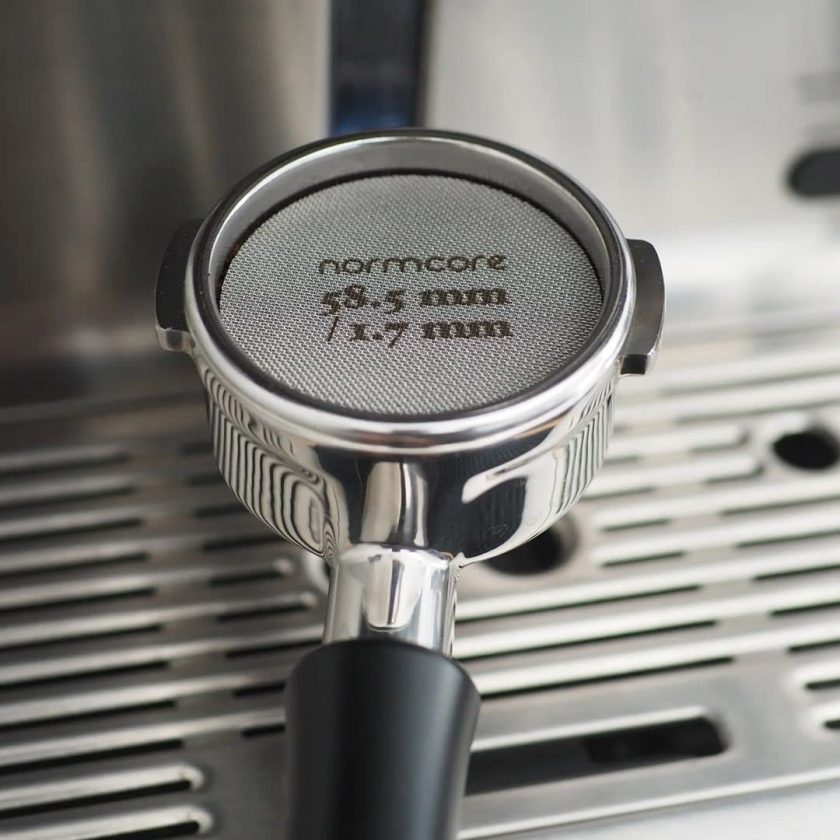
What Is an Espresso Shot Screen?
The shot screen is an accessory that ensures an even extraction by improving the water distribution ion the coffee puck when pulling an espresso shot. The espresso puck screen can also increase the body of the shot.
The shot screen is a spacer that sits on the coffee puck, between the shower screen and the coffee bed. The spacer can be a sieve, a screen, or a paper filter. The three types of puck screen will work differently, giving you different results, but they all help with water distribution at least.
If you read our guide on how to make espresso, we mention a few espresso accessories there, but we deem the accessories optional. However, this article is an advanced technique, for the home barista who want to pull the perfect espresso shot.
A Bit of History
The paper screen method was invented by Scott Rao, and he called it the filter sandwich method. The filter sandwich method consists of using a paper filter on top of the puck and one underneath the puck. While that was a big step in perfecting espresso, he moved on from paper screens, and he uses now a single metal contact screen for espresso. However, Scott Rao constantly tweaked the filter sandwich method which is now his way of brewing filter coffee with an espresso machine.
James Hoffman has a video where he talks about the filter sandwich method.
Getting back to the history of the puck screen, the idea of a contact screen was adopted by the espresso geek community, and from there it was only a step away toward the metal screen and sieve.
How Does the Puck Screen Work?
We know now that the puck screen was accidentally discovered. Scott Rao’s filter sandwich led to the current use as a way to evenly distribute the water on the coffee bed.
When water flows through the espresso machine’s shower screen, it hits the coffee puck in streams. These streams can disturb the coffee bed, creating little craters in the puck, leading to channeling. Also the shower screen has a limited number of holes, so the water streams could potentially leave dry spots, even after pre-infusion.
Some espresso lovers, will change the stock shower screen with an after market one, obtaining an improvement of the water distribution,. However, this is but nowhere near to the uniform distribution we get with a contact screen.
The better solution is to use a contact screen, or a puck screen. The shot screen serves as a lower shower screen, that distributes water more evenly on the bed of coffee, lowering the impact of water on the puck.
The pre-infusion will mostly solve this problem by dumping a small amount of water at a low pressure on the coffee bed, before the extraction. However, the water will still pour in streams from the shower head, and there are still a lot of chances to get channeling.
This is where the contact screen comes in handy. It forces the water to distribute evenly on the coffee grounds, for a uniform saturation with water.
There is a secondary effect that home baristas have observed when using stainless steel screens. The final coffee cup will have more body. Now this is interesting for a brewing method that is known for its body.
This secondary effect though, is only obtained when we constrain the puck. Constraining the puck means confining its expanding space. The puck will not swell as much as it can in the basket. We can do that by placing a spacer between the shower screen and the contact screen, or by increasing the dose, so that we shrink the head space. I recommend the first method.
By constraining the puck we don’t allow coffee grounds to retain soluble solids along with the water that makes the expand. All of the solutes in the grounds are expelled during extraction, because we don’t let any room for coffee grounds to expand in volume.
There is a another advantage of using puck screens, and sometimes we forget about it. The screen reduces the coffee contact with the brew head, and this means we need to clean it less often. Neat!
The Difference Between Paper, Mesh, and Screen
The paper screen will only work as a water dispersion tool. It won’t be able to constrain your puck. I personally don’t like putting paper in my shot, and even though everyone’s palate is different, there is a chance you might taste the paper in your coffee cup. If paper screens work for you it’s fine, but I personally, don’t recommend them.
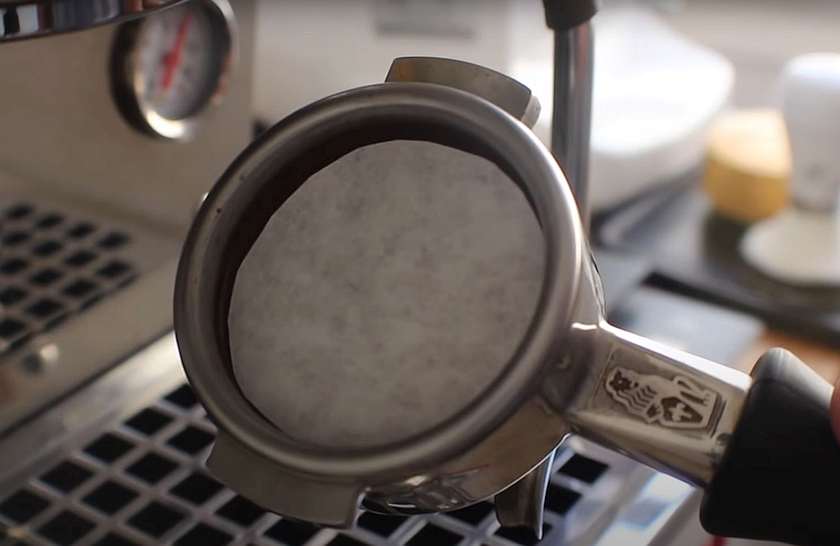
The sieve screens can only partially restrict the puck, because they are flexible. If you over-dose, and you leave no head space at all, you will get a similar effect, but then you might restrict the flow too much.
To me, the metal disks are the best. They are reusable, (unlike paper), they are sturdy, and they improve water distribution, and they constrain the puck for a shot with more body.
One caveat with the metal screens is that they can lower the brewing temperature. They weigh about 20 grams, and this is enough to absorb some of the heat and lower your extraction temperature. To compensate for this, you can prewarm the screen, or just increase the water temperature with 2 degrees, if your machine has the function.
Do We Really Need a Puck Screen for Espresso Making?
I know that it is a bit anticlimactic to talk about the need of the shot screen after we talked so long on how it can improve our espresso. But I wanted you to have a good idea on what it does, before concluding if we really need them.
In a few words, it depends on your needs. In more words, if you are a perfectionist, or you are looking to extract those shots to perfection, or in the search for the God Shot, you will need the puck screen. On the other hand, if you just need your daily decent espresso shot, with minimal work, you probably don’t need it.
There is a it of maintenance required with these, since the holes are really fine and they can get clogged. There is also required more precision when dosing, because these will press up against your group head.
AeroPress Paper Filters as Puck Screen
The AeroPress paper filters were the first puck screen solution. They still are the choice of many baristas, and I absolutely recommend them if you want to try the sandwich method. The sandwich method reduces dramatically the amount of terpenes in your coffee, (the coffee oils), and it’s a great way to enjoy espresso without the guilt of raising your cholesterol.
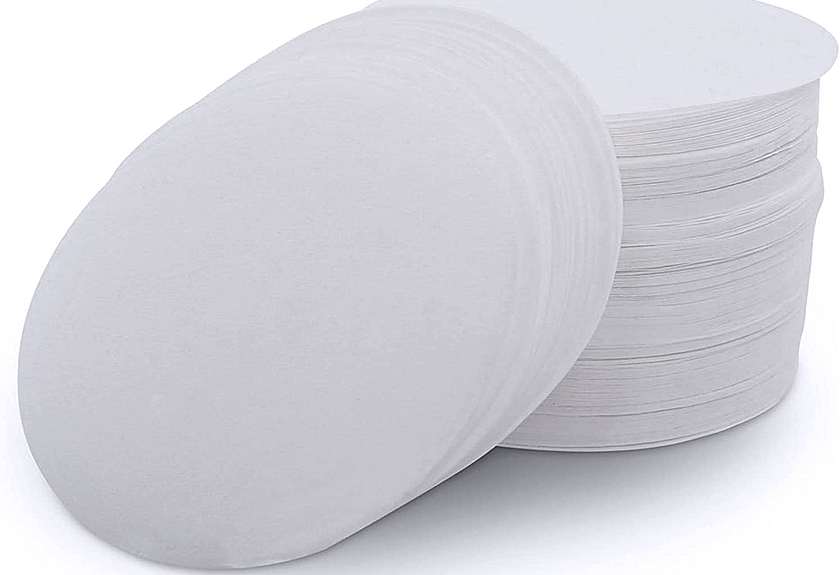
The Best Puck Screens
The good news is that if you want to buy a puck screen you can pretty much buy anything. Any metal screen that fits snugly into your portafilter should be fine. They don’t cost much, but they are a nice way to tweak your shots and get you closer to the perfect shot.
Normcore Stainless Steel Puck Screen
I love Normcore products. They are decently priced and the quality almost as good as much more expensive products.
This Normcore puck screen is made of quality food grade stainless steel, and is 1.7mm thick. The screen comes in four sizes 49, 51, 53.5, and 58.5 millimeters for different portafilters.
They also have a puck screen stand, for those who like getting their espresso station neat and organized.
Hopefully, you have now a better idea if you need a puck screen or not. I hope that You at least have learnt something from this article, and this will help you improve your espresso shots.
